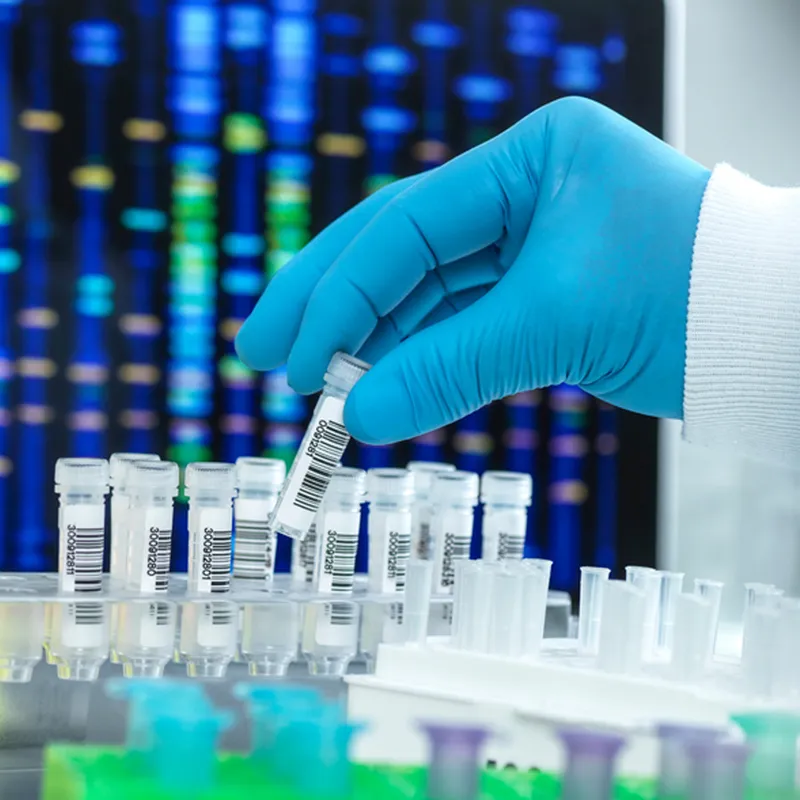
Whether for personal curiosity, legal concerns, or medical reasons, sibling DNA testing can be a vital tool for those trying to validate their biological tie with their sibling. The procedure is simple, but it depends on clear knowledge of the test’s operation and the information that is revealed. This post will walk you through the exact process of sibling DNA testing, clarifying what to expect throughout.
What Is Sibling DNA Testing?
Usually involving siblings, a sibling DNA test is used to evaluate the genetic link between two individuals. Although a parent-child DNA test is a more often used technique to establish a biological link, Paternity USA sibling DNA test contrasts the DNA of two people to estimate their likelihood of having the same biological parents.
Examining genetic markers in the DNA, the test focuses on the alleles—that is, variances of genes—passed on from the mother and father. Though each sibling inherits a distinct exact mix of these markers, siblings share a set of them. The test can determine the likelihood that two people share at least one biological parent by counting their shared markers.
Step 1: Choosing A DNA Testing Provider
Choosing a respected testing company comes first in the sibling DNA testing process. Many businesses provide legal and personal usage sibling DNA testing services. Selecting a service with good recommendations, open policies, and a clear awareness of legal and ethical behavior is absolutely vital.
Many DNA testing organizations provide online services so you may order your test kits, send samples, and get results from anywhere. Others might provide in-person treatments via approved clinics or labs. When choosing a provider take into account things like customer service, result accuracy, and turnaround time for getting your data.
Step 2: Collecting The DNA Samples
Getting the DNA samples comes second once you have selected a testing company. Usually, one does this with a basic cheek swab. To gather epithelial cells with DNA, the swab is run against the inside of the cheek. To guarantee proper sample collecting, you will have to pay great attention to the provider’s directions.
Note that both people engaged in siblingship DNA test have to contribute a sample. In particular if only one parent is available, some providers could also ask extra samples from the biological parents to increase the test’s accuracy.
Step 3: Sending The Samples To The Lab
You will have to send the DNA samples to the lab for investigation once you have gathered them. The most DNA testing companies offer pre-paid envelopes or boxes to send your samples, so streamlining the process. After that, the lab will start the process of collecting and examining the DNA to match the genetic markers of both people.
The laboratory will closely look at the sibling’s common genetic markers during this process. Although half-sibling tests usually look at less markers since half-siblings share less similarities, full sibling tests compare a greater number of markers for more accuracy.
Step 4: Analyzing The Results
The findings will be forwarded back to you once the lab finishes its analysis. Usually, sibling DNA test findings come with a likelihood estimate based on the two individuals’ degree of closeness. The outcomes could range from “half siblings” (showing a chance that the two people share one biological parent) to “full siblings” (indicating a quite high probability). Furthermore, the test can show whether the two people are not siblings.
Whereas half-siblings who share just one biological parent can expect a probability range of roughly 50-60%, full siblings usually have a probability of sharing both parents above 99%.
Step 5: Interpreting The Results
Correct interpretation of your results is crucial once they arrive. The particular sibling test ordered and the number of markers analyzed will determine the accuracy of the findings. While lesser probability indicated half-sibling or non-sibling relationships, a high probability of full siblinghood indicates a strong genetic kinship.
If you have questions or concerns, you should talk to your provider about the findings. Particularly in cases of uncertainty or unexpected results, several testing firms provide support services to assist in understanding your findings.
Conclusion
A consistent approach to ascertain genetic ties between siblings is DNA testing with siblings. Though the procedure is simple, it’s crucial to know the procedures involved—from choosing a provider to analyzing the findings. Whether for legal, medicinal, or personal purposes, DNA testing for siblings provides insightful analysis of family relationships and genetic background.
Also read: Lessons Learned from Working as an Offshore Company
